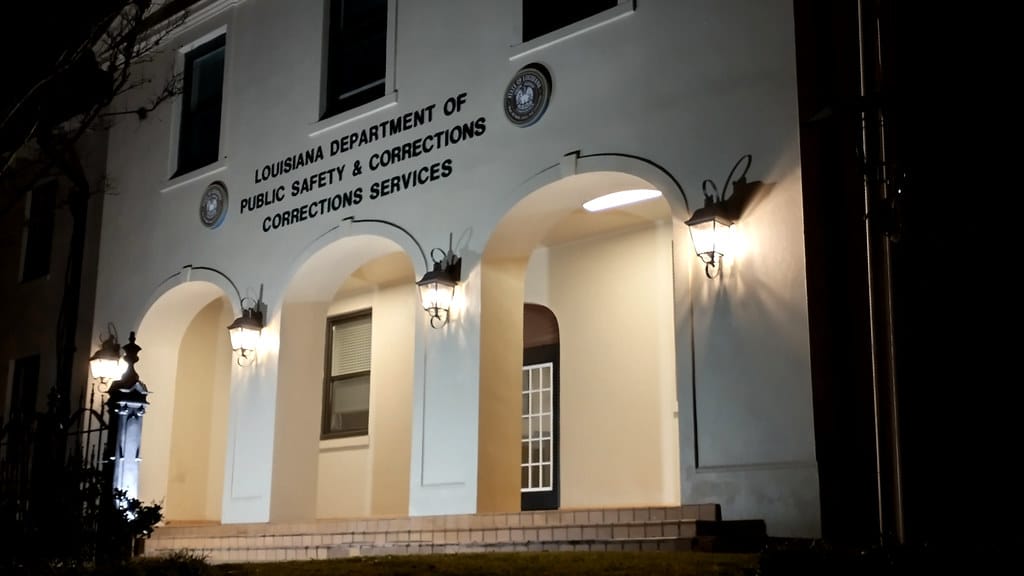Wave of 'Swatting' Attacks Terrorizes US Universities as FBI Launches Investigation
A disturbing trend has emerged on American university campuses: false emergency calls designed to trigger massive police responses are creating chaos and endangering lives. The FBI is now investigating after at least a dozen universities across the United States fell victim to "swatting" attacks in recent weeks, forcing lockdowns, evacuations, and armed police responses based on fabricated threats.
What is Swatting and Why Universities?
Swatting involves making false reports of serious crimes—typically active shooters, bomb threats, or hostage situations—to emergency services with the deliberate intent of triggering a large-scale police response, often including SWAT teams. The term derives from the deployment of Special Weapons and Tactics (SWAT) units to the targeted location.
Universities have become increasingly attractive targets for these malicious actors due to their large populations, high-profile nature, and the significant disruption that can be achieved with minimal effort. A single false report can shut down an entire campus, affecting thousands of students, faculty, and staff while consuming substantial law enforcement resources.
Recent Campus Incidents Spark Federal Investigation
The FBI's involvement signals the severity of the situation. Over the past month, universities including Cornell University, the University of Pennsylvania, and several state institutions have experienced swatting incidents that forced emergency lockdowns and massive police responses.
At Cornell University, a false active shooter report triggered a campus-wide alert and shelter-in-place order affecting over 25,000 students and staff. Similar incidents at other institutions have resulted in:
- Complete campus evacuations lasting several hours
- Deployment of multiple law enforcement agencies
- Suspension of classes and campus activities
- Significant psychological trauma for students and staff
The coordinated nature of these attacks has raised concerns that they may be part of a larger campaign rather than isolated incidents.
The Real Costs of False Alarms
Beyond the immediate disruption, swatting incidents carry serious consequences that extend far beyond the initial panic. Emergency responses to these false calls can cost tens of thousands of dollars per incident, diverting critical resources from legitimate emergencies.
The psychological impact on campus communities cannot be understated. Students already on edge due to the reality of campus violence are being subjected to repeated false alarms that trigger genuine fear and trauma responses. Mental health services at affected universities report increased demand following these incidents.
Law enforcement agencies are also expressing frustration with the resource drain. A single swatting call can require coordination between campus police, local law enforcement, state agencies, and federal authorities, tying up dozens of officers and specialized units for hours.
Legal Consequences and Detection Challenges
Swatting is a serious federal crime that can result in decades in prison, especially when injuries occur during the police response. The FBI treats these cases as domestic terrorism when they target multiple institutions or appear coordinated.
However, perpetrators often use sophisticated methods to mask their identities, including:
- Voice-over-IP services to hide phone numbers
- Text-to-speech technology to disguise voices
- Proxy servers and VPNs to conceal locations
- Social engineering tactics to make reports seem credible
This technological sophistication makes investigation and prosecution challenging, requiring federal resources and expertise to trace the digital breadcrumbs back to the perpetrators.
Campus Security Adaptations
Universities are now forced to balance rapid response capabilities with the need to verify threats. Some institutions are implementing new protocols that allow for graduated responses, enabling security teams to quickly assess the credibility of reports before triggering full-scale lockdowns.
Enhanced communication systems are being deployed to provide more nuanced alerts to campus communities, distinguishing between confirmed threats and precautionary measures. Training programs for staff and students on recognizing and reporting suspicious communications are also being expanded.
Looking Forward: Prevention and Protection
The wave of university swatting incidents represents a serious escalation in this dangerous trend. As the FBI investigation continues, universities must walk a delicate line between maintaining necessary security protocols and avoiding unnecessary panic from false alarms.
The solution requires a multi-pronged approach: improved threat assessment procedures, enhanced technology to verify emergency calls, stronger legal deterrents, and continued federal investigation resources. Only through coordinated efforts between law enforcement, universities, and technology providers can this dangerous trend be effectively addressed.
For students and campus communities, the message remains clear: take all security alerts seriously while understanding that authorities are working diligently to distinguish between genuine threats and malicious hoaxes designed to terrorize and disrupt.
